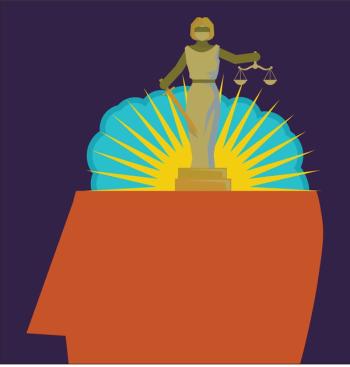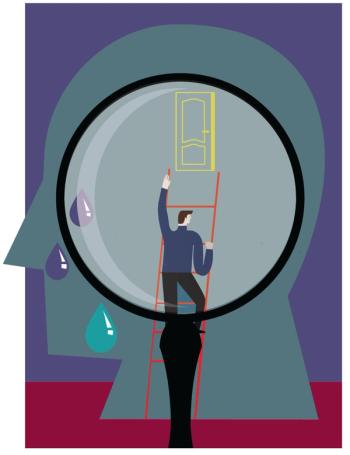
Nearly half of children who present to emergency departments with self-harm receive no mental health assessment. What are the essential elements needed to interview children and adolescents in the context of a psychiatric emergency?

Nearly half of children who present to emergency departments with self-harm receive no mental health assessment. What are the essential elements needed to interview children and adolescents in the context of a psychiatric emergency?

With a consistent and evolving presence in the US, forensic psychiatry has grown increasingly complex, with many specialty areas under its subspecialty umbrella.

Psychiatrists should not be afraid to assess parenting issues and other stressors when treating depressed or psychotic parents of young children.

This article reviews a wide array of medicolegal, risk management, regulatory, and forensic mental health issues in the older population, which is growing at an accelerated rate.

There is no worse death than a hospital death. This requires preparation and preparation requires recognizing that dying is a necessary, and indeed desirable, part of life.

In this article, the author covers some basic mapractice concepts and briefly address 2 key issues that frequently arise in the course of psychiatric malpractice litigation: documentation and the defendant psychiatrist’s deposition.

After being sued for psychiatric malpractice and enduringa 4-year roller-coaster ride of fear, hope, hard work, anxiety, and detachment, the author passes along lessons learned.

Professions, psychiatry included, do not have a stellar record of protecting those they serve. Do we have reason to believe that professional organizations or corporate entities can be trusted to protect their clientele?

“I may never know who you are,” writes this psychiatrist, “but if you provided medical or psychiatric care for the co-pilot of Germanwings Flight 9525, we are colleagues. And you too are his victims, of sorts. I hope your reputation does not suffer unduly.”

The recent tragedy with the Germanwings crash in the Alps has started a worldwide discussion about mental illness and suicide. NIMH Director Thomas Insel reflects on the larger issues we continue to face.

The trend toward transparent documentation has potential for many benefits, yet it remains a provocative concept for the field of psychiatry. In this podcast, Dr Helen Farrell answers several salient questions about transparency.

Good documentation can be used by psychiatrists to enhance the physician-patient relationship. Of course, transparency could come at a price to practitioners, so following reasonable guidelines outlined in this article is key.

As an occupational hazard, preparing for the possibility of patient suicide will help the clinician anticipate the types of support that our colleagues or we may need to weather the event.

This article provides a practical framework that can guide consultation-liaison psychiatrists through solving problems of capacity and informed consent.

The role of transplant psychiatrists is to assess both transplant and donor candidates to determine capacity to consent to the surgery, recent stressors and coping skills, social supports and availability of caregivers, and whether there are psychological or substance abuse issues that would affect outcomes.

Whether by traditional means or via cyberspace, bullying and peer victimization put adolescents at increased risk for suicide, especially when comorbid psychopathology is present.

Suicide is not being adequately addressed in terms of prevention, and part of that process is better education of mental health professionals and primary care physicians. More in this expert Q&A.

An expert discusses behavioral indicators and screening instruments for suicide risk.


Suicide is a pervasive public health issue for adolescents in Hawaii. In response, a youth leadership model was initiated to empower young leaders in suicide prevention through evidence-based training, relationship building, and community awareness.

Detainees in state and federal prisons have committed crimes that many of us can never forgive. But how we treat such people beyond the loss of freedom and certain rights is entirely about who we are as a society. More in this commentary.

Regulatory bodies that oversee hospitals and graduate medical education have begun to place an ever growing importance on patient safety and quality improvement, from which psychiatry is not immune. More in this case study.

A variety of commonly used psychiatric medications increase the risk of heatstroke, leaving psychiatric patients in jails and prisons at risk.

The authors emphasize the importance of risk and protective factors and risk prediction models; analyze the growing evidence base for preventive interventions; and describe the concept of mental health promotion.

Most New Yorkers were afraid to venture outdoors after the Twin Towers toppled, so a short term, part-time locums post opened upstate, an escape from the decaying metropolis and retreat to the country. What could go wrong in such an idyllic setting?